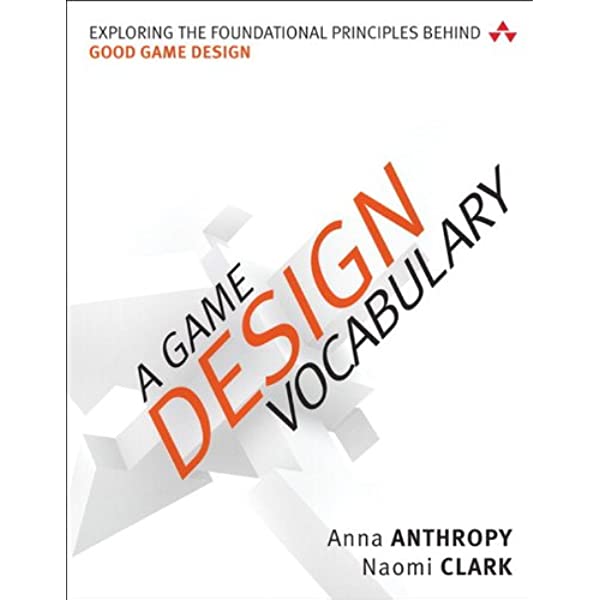Game design involves creating the mechanics, rules, and elements of a game, including characters and levels. The process includes brainstorming, conceptualization, prototyping, testing, refining, and finalization. During brainstorming, the team generates ideas for the game, and during conceptualization, they start to flesh out these ideas, creating concept art and outlining gameplay mechanics. Prototyping involves creating a rough version of the game to test and receive feedback from, while testing identifies bugs and gameplay issues. Refining involves finalizing graphics, sound, and difficulty levels, while finalization prepares the game for release through marketing and promotion efforts.
Introduction
Game design is the process of creating the rules and mechanics that govern a game, as well as designing its characters, levels, and other elements. Behind every successful game is a team of passionate and talented game designers, developers, artists, and other creatives working together to bring an idea to life. In this article, we’ll explore the principles of game design and take a look behind the scenes of how games are made.
Brainstorming
Brainstorming is the first step in the game design process. This is where the game design team comes together to generate ideas and concepts for the game. This can involve thinking about the theme, characters, game mechanics, and other elements that will make up the game.
Some tips for effective brainstorming include:
- Encourage creativity and open-mindedness.
- Allow everyone to contribute their ideas, no matter how small or unconventional they may seem.
- Try to build on each other’s ideas and collaborate to come up with something that everyone is excited about.
- Keep in mind the target audience and what they would enjoy in a game.
Conceptualization
After brainstorming, the game design team can move on to the conceptualization phase. This is where they start to flesh out the ideas generated in the brainstorming phase, creating a more detailed vision for the game. This can involve creating concept art, writing a preliminary story, and developing the game mechanics.
The key elements of conceptualization include:
- Developing the game’s story and characters.
- Crafting the game’s mechanics and gameplay.
- Creating concept art and visual style for the game.
- Outlining the game’s architecture and how the elements will all work together.
Prototyping
When the game design team has a clear vision for the game, they can move on to the prototyping phase. This is where a rough version of the game is created, allowing the team to test out different mechanics and gameplay elements to see what works and what doesn’t. This prototype can be a simple version of the game, with placeholder graphics and sounds.
The prototyping phase involves:
- Creating a playable prototype of the game with placeholder graphics and sound.
- Refining the game’s mechanics and testing different gameplay scenarios.
- Collecting feedback from playtesting and making adjustments as needed.
- Iterating on the prototype until the game feels fun and engaging.
Testing
Once the prototype is complete, the game design team can move on to testing the game with a wider audience. This can involve in-house testing as well as beta testing with a select group of players. The goal is to identify any bugs or issues that need to be addressed before the game is released.
The testing phase involves:
- Performing in-house testing to identify bugs and gameplay issues.
- Beta testing with a select group of players to get feedback on the game.
- Making adjustments based on feedback and testing results.
- Continuously iterating on the game until it meets the desired quality.
Refining
After testing, the game design team can move on to refining the game. This can involve finalizing the graphics and sound, as well as tweaking the gameplay mechanics and balancing the difficulty. This phase is all about polishing the game and preparing it for release.
The refining phase involves:
- Finalizing the game’s graphics, sound, and other assets.
- Balancing the difficulty and making adjustments to the gameplay mechanics.
- Ensuring that the game is bug-free and runs smoothly on different platforms.
- Polishing the overall presentation and user experience of the game.
Finalization
Finally, the game design team can move on to finalizing the game for release. This involves submitting the game to the appropriate platforms, such as the App Store or Steam, and ensuring that it meets all of the requirements for release. Marketing and promotion efforts can also begin during this phase, to generate buzz and attract players to the game.
Finalization involves:
- Preparing the game for release on the appropriate platform.
- Submitting the game to the platform and meeting all of the requirements for release.
- Marketing and promoting the game to generate buzz and attract players.
- Launching the game to the public and collecting feedback.
